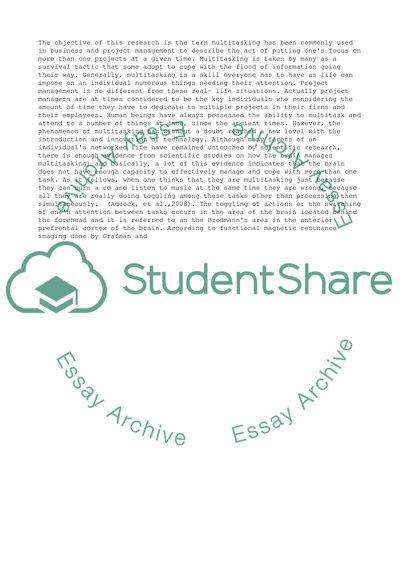Cite this document
(“The impact of Multi-Tasking on Performance Research Paper”, n.d.)
Retrieved de https://studentshare.org/management/1391564-the-impact-of-multi-tasking-on-performance
Retrieved de https://studentshare.org/management/1391564-the-impact-of-multi-tasking-on-performance
(The Impact of Multi-Tasking on Performance Research Paper)
https://studentshare.org/management/1391564-the-impact-of-multi-tasking-on-performance.
https://studentshare.org/management/1391564-the-impact-of-multi-tasking-on-performance.
“The Impact of Multi-Tasking on Performance Research Paper”, n.d. https://studentshare.org/management/1391564-the-impact-of-multi-tasking-on-performance.


